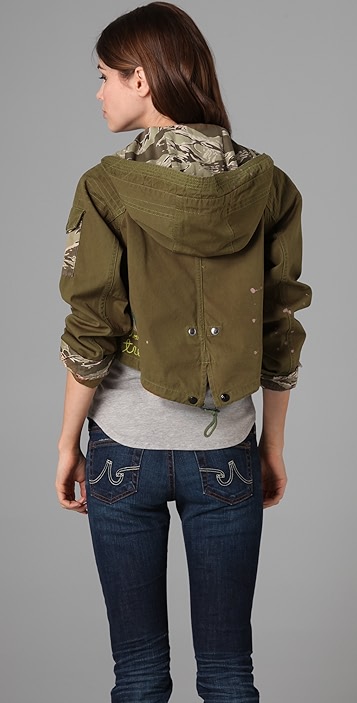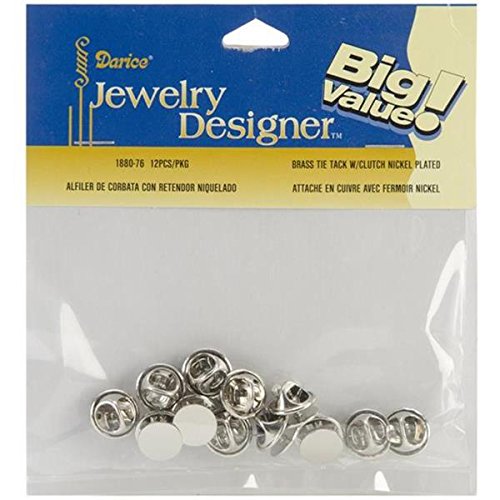Customizing a Tie with Embroidery: A Detailed Guide
This detailed guide will teach you how to customize a tie with embroidery. From selecting the right tie material and design, to choosing the right embroidery technique and thread color, this guide has it all. You'll learn about the different types of embroidery available, including hand embroidery, machine embroidery, and digital printing. You'll also learn about the benefits of each type and how to choose the best one for your needs. Finally, tips on how to complete the embroidery process and care for your custom tie are provided.
In this guide, we will explore the process of customizing a tie with embroidery, providing an in-depth look at the design and production process. From selecting the right material to choosing the right type of embroidery, we will cover it all to ensure you have a successful and enjoyable experience.
1、Selecting the Right Material
The first step in customizing a tie with embroidery is to choose the right material. Ties are typically made from silk, wool, or synthetic materials. Each material has its own set of benefits and drawbacks, so it's essential to consider which one will work best for your specific design.

Silk: Silk is a high-quality material that can add a touch of luxury to any tie. It's also soft and comfortable to wear. However, silk can be challenging to work with as it's prone to stretching and can be easily damaged.
Wool: Wool is a stronger and more durable material that can handle more rigorous activities. It's also less likely to stretch or shrink than silk. However, wool can be itchy and less comfortable to wear, especially for those with sensitive skin.
Synthetic Materials: Synthetic materials, such as polyester or nylon, are often used in mass-produced ties due to their low cost and durability. They're also easier to work with than silk or wool, making them a good choice for beginners. However, synthetic materials can lack the elegance of silk or wool and may not feel as comfortable against the skin.
Once you've selected your material, it's time to move on to the next step: designing your tie.
2、Creating the Design
The design of your tie is crucial to its overall success. You'll need to consider color, pattern, and the specific details of your embroidery pattern.
Color: The color of your tie should complement your wardrobe and the occasions you plan on wearing it. If you're unsure, stick to classic colors like blue or dark gray that will match a wide range of outfits.
Pattern: Patterns can add interest and personality to a tie. Think about whether you want a solid color tie or one with a repeating pattern, such as stripes or polka dots. You can also explore more unique patterns, such as animals or abstract shapes.

Embroidery: Embroidery is what sets your custom tie apart from the rest. Choose a design that complements your personality and style. Whether it's a simple initial or a more complex pattern, make sure it coordinates with the overall look of your tie.
Once you've settled on a design, it's time to create a pattern using either hand-drawing or software like Adobe Illustrator or CorelDRAW. The pattern should include all the details of your design, including color, pattern, and embroidery placement.
3、Setting Up for Embroidery
Now that you have your pattern ready, it's time to set up for embroidery. This involves selecting the right type of needle, thread color and size, as well as setting up your embroidery machine or hand-sewing kit.
Needle: Choose a needle that's suitable for the material you've selected. For example, a sharper needle is better for silk than wool. The size of the needle should also match the thickness of your material and thread size.
Thread: Thread color and size are also important considerations. Match the thread color to your design as closely as possible, and choose a thread size that's appropriate for your material and needle size.
Embroidery Machine vs. Hand-sewing: Embroidery machines are typically faster and more consistent than hand-sewing but can be costly and require some level of expertise to set up and operate correctly. Hand-sewing, on the other hand, offers more flexibility in terms of design but can be time-consuming and challenging for beginners.
Once you've set up your equipment, it's time to start stitching!

4、Stitching Your Design
Whether you use an embroidery machine or sew by hand, following these steps will help ensure a successful outcome:
Starting at the Center: Start stitching at the center of your design and work your way out to ensure even distribution of thread and fabric tensioning throughout the entire piece.
Proper Tension: Adjusting the tension on your machine or using even pressure when sewing by hand is crucial to preventing puckering or stretching of the material during stitching process time management is also important as you want to ensure that all areas receive adequate attention without overworking any one part of the design).
Using Stabilizers: Using a stabilizer (such as tear-away stabilizer) underneath your material can help support it during stitching, preventing stretching or puckering of the material caused by uneven distribution of
Articles related to the knowledge points of this article::
Mastering the Art of Simplified Tie Knots: A Guide to the Perfect New Groom Accessory
Title: Sun Hongleis Enchanting Charm in the World of JK Suits and Ties
Title: An Exclusive Interview with Ma Long: The Legendary Table Tennis Champion
School Tie Customization: Creating a Unique Identity for Your School



